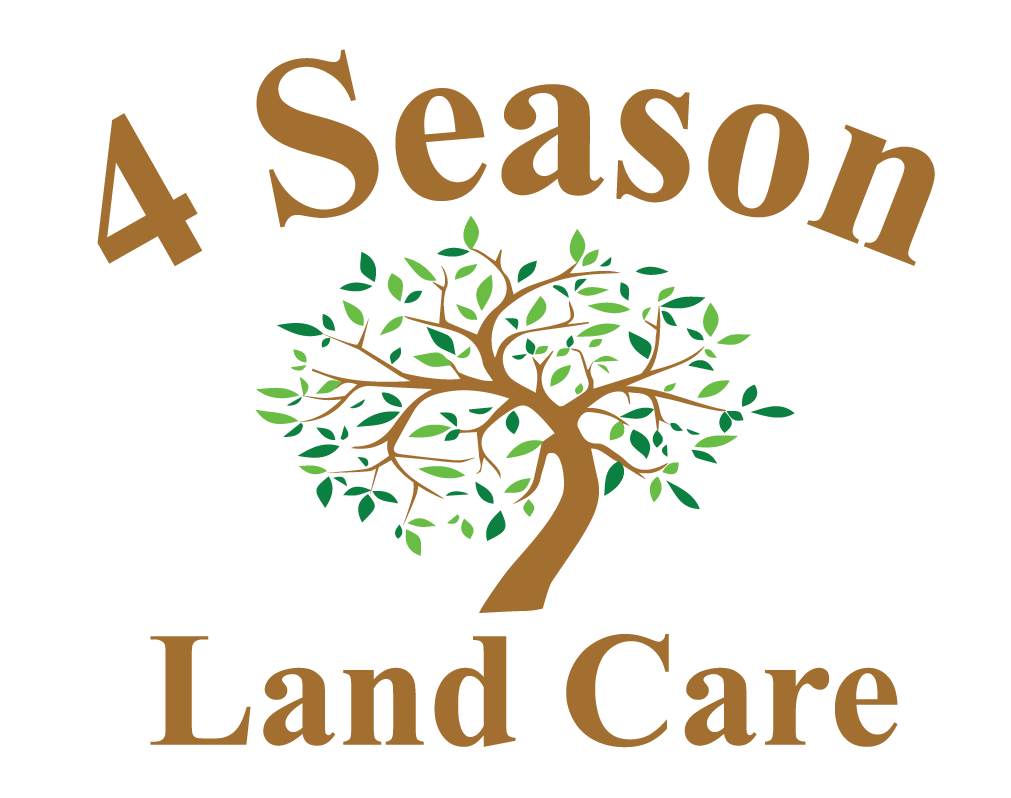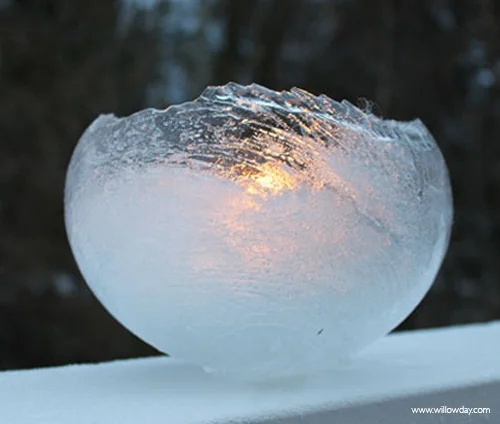Why are my knockout roses not blooming?
Knockout roses are gorgeous. They are fragrant. They add color to your garden and if you are like most people who add them to your garden you look forward to watching them bloom each spring and continue their blooms throughout the summer and into the fall.
Unfortunately, for a lot of our customers they experience more frustration than joy while waiting for their roses to bloom.
Why?
There are several reasons why your roses may not bloom.
Not enough sunlight - These roses need a lot of sun. Unlike many things in life, this is quantifiable. Roses need at least 8 hours of sun a day. If there are nearby trees or shrubs that shade your rose bush for even part of the day, chances are they will not bloom well. In one case we realized that it was not a building or a tree that was causing a customer's problem but a van that parked in the same spot every day blocking the light for several hours of the day. Yes, these bushes are that picky.
Too much food - When you feed roses too much they will not bloom. They may become fuller with more healthy looking leaves but they will not bloom. Try not feeding them for a while and see if this helps. When you do feed them, start with a slow release fertilizer.
Improper watering - Knockout roses need to be watered from below. Watering them with a sprinkler may actually spread diseases such as black spot. Try to keep the leaves as dry as possible when watering.
Dry soil - In an earlier post we wrote about the benefits of mulch. Mulching around your rose bushes will help to hold in the moisture and keep it consistently moist.
Do you have beautiful knockout roses you would like to share with us? Do you have a secret to growing these bushes that was not mentioned above? Email us and let us know.






















